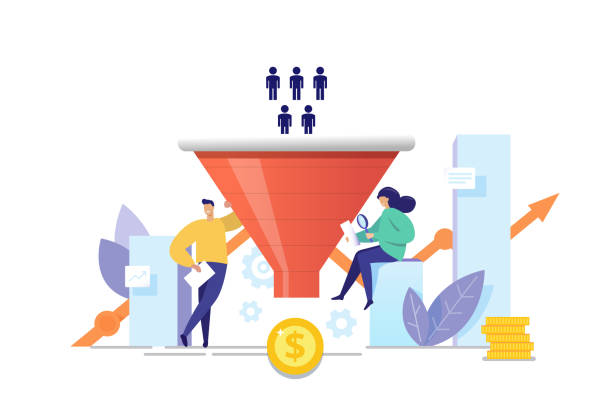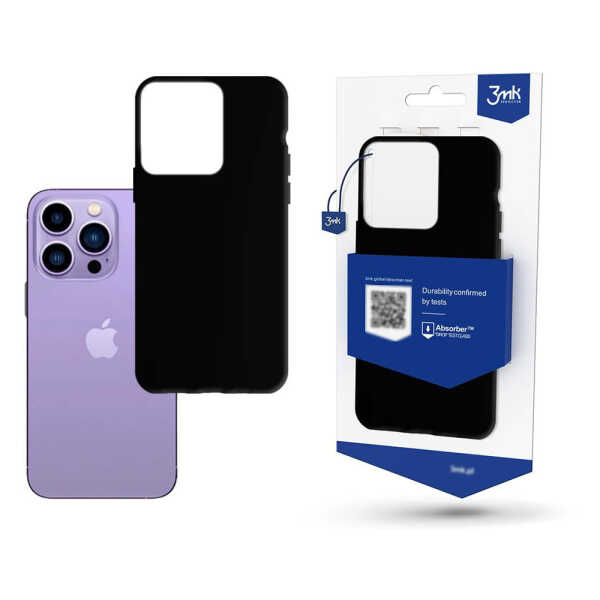Marketing funnels, also known as sales funnels, are a crucial component of any successful marketing campaign. They guide potential customers through a series of steps, with the ultimate goal of converting them into paying customers.
Bubblegum funnel agency has been helping their clients enhance their marketing ad spends and ROI. At its core, a marketing funnel consists of four stages. Let’s take a closer look at each stage and how they work together to move a potential customer closer to a sale.

- Awareness
Awareness is all about making potential customers aware of your brand and what you have to offer. This can be done through a variety of methods, including social media advertising, search engine optimization, and content marketing.
- Interest
Interest, is where you begin to engage potential customers and encourage them to take action. This might involve offering a free trial, providing valuable content or resources, or offering a discount or promotion. The goal is to keep potential customers interested and engaged with your brand.
- Decision
Decision, is where potential customers make a decision about whether or not to purchase your product or service. This is often the most challenging stage, as potential customers may be hesitant or have concerns about making a purchase. To overcome this, you may want to offer additional incentives or provide social proof, such as customer testimonials, to help build trust and credibility.
- Action
The final stage, Action, is where potential customers become paying customers. This is the ultimate goal of the marketing funnel, and it’s where all your efforts in the previous stages pay off. It’s important to make the purchasing process as easy and straightforward as possible to avoid any obstacles that may prevent a sale from happening.
Easy guidelines to create an efficient marketing funnel
Step 1: Describe Your Target Audience
Before you can begin creating a marketing funnel, you need to identify your target audience. This will help you create content and offers that resonate with your potential customers and keep them engaged throughout the funnel.
Step 2: Create Your Lead Magnet
The next step is to create your lead magnet, which is a valuable piece of content or resource that you offer potential customers in exchange for their contact information. This might include a free e-book, a video tutorial, or a discount code.
Step 3: Build Your Landing Page
The landing page is where prospective clients will land after clicking on your promotional or ad content. It should be designed to capture their attention and encourage them to take action, such as providing their contact information in exchange for your lead magnet.
Step 4: Create Your Follow-Up Sequence
Once you’ve captured a potential customer’s contact information, it’s important to follow up with them to keep them engaged and interested in your brand. This might involve a series of emails, social media posts, or targeted advertising campaigns.
Step 5: Close the Sale
Finally, it’s time to close the sale. This might involve offering a discount or promotion to encourage a purchase, or providing additional resources or incentives to help overcome any objections or concerns.
Cam Roberts is the CEO of Bubblegum Marketing focused in creating a robust marketing funnel for his client’s ad campaign success. Give him a Zoom call!




